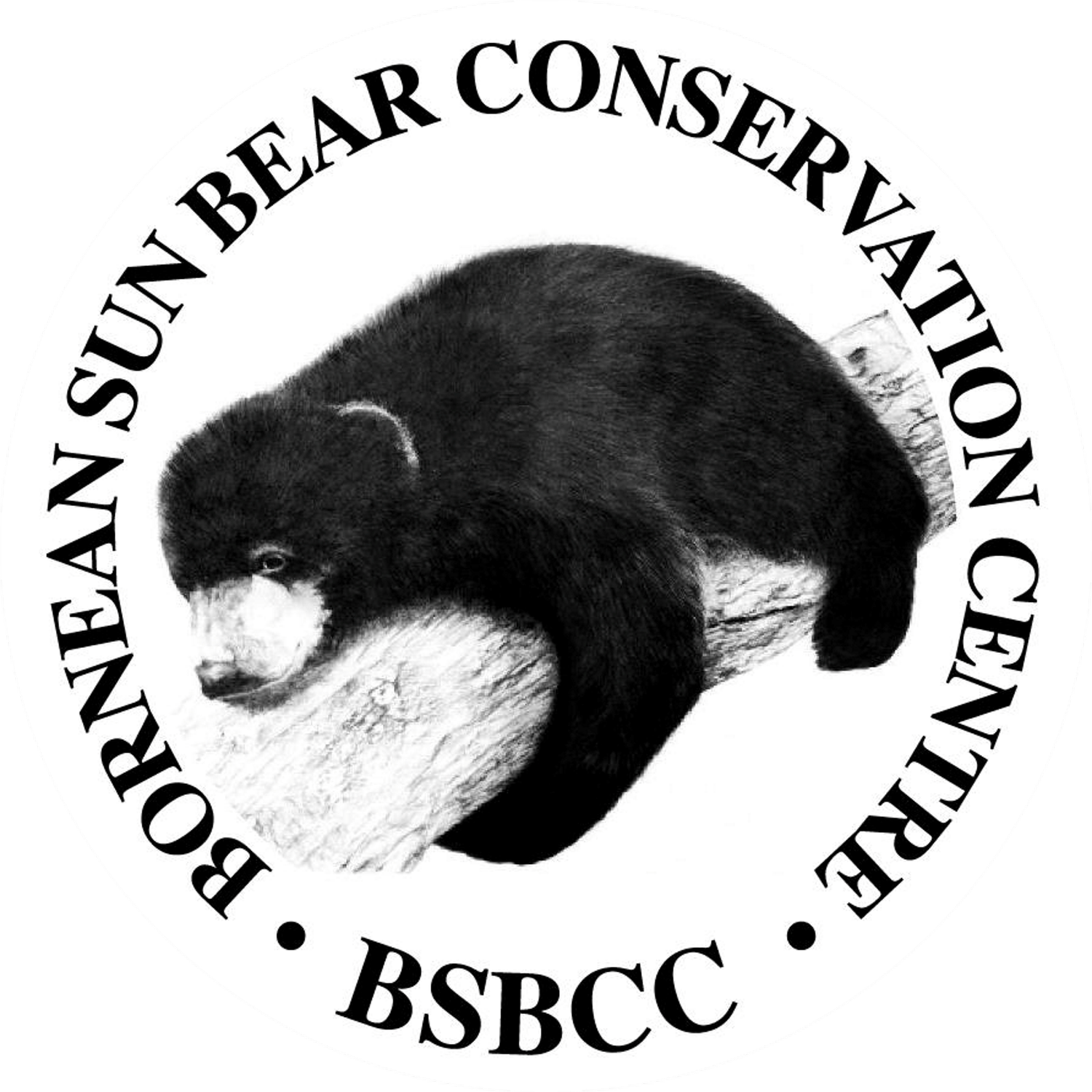Sandakan, Borneo: Day 2
Sandakan, Borneo: Day 2http://12miles-out.tumblr.com/post/598475129/sandakan-borneo-day-2
By Say Lin
Its 2333hrs back at the Staff Quarters. Wai Pak is across the table from me, having a Skype conversation with CEO of BSBCC, SiewTe. Its highly intriguing listening to their public discussion about the Sun Bears’ behaviours.. the things to look out for, the vocalizations, the facial expressions. I feel privileged to be able to experience but a tiny part of their very promising conservation project.
Day 2 was a very thought-provoking day. We got to see more of Sandakan during our medical check-up at the town clinic. It is standard procedure for volunteers in Sepilok Nature Reserve, as there is a likelihood of humans transmitting diseases to the resident Orang Utans at the centre. BSBCC is afterall situated within Sepilok Orang Utan Reserve.
When we talk about animals of Borneo, we usually think of the Orang Utans, the Proboscis Monkeys, the Asian Pygmy Elephant and Asian Rhino etc.. Its hard to believe that such a cute looking and atypical bear species have gone relatively unnoticed by the world.
Orang Utans are classified as Endangered by the IUCN Red List with numbers ranging slightly above 30,000. Bornean Sun Bear populations are only approximately a third of that. Today, there are less than 10 researchers studying both subspecies of Sun Bears, both the Bornean and mainland Asian ones. They are so misunderstood in terms of their medicinal properties, their natural behaviours as well as their threat to humans. They are known as the forgotten bears of Asia, the least studied of all 8 species of bears in the world.
On our way to the new BSBCC facility itself, we got to see a rescued baby Asian Pygmy Elephant. The poor little one was caught in a snare in a plantation and got abandoned by its herd. Its foot still bears the painful scar from that barbaric device. Its been in quarantine for 3 months, awaiting its fate at a zoo in Malaysia. Orang Utans could be easily seen nearby, with juvenile ones still in training to prepare them for life in the wild.
We finally got to see the 12 Sun Bears at the BSBCC facility. I must say that it is a brightly lit and well designed enclosure.What struck me most was how small the bears were, barely 1.3m in height, they are slightly smaller than their mainland Asia counterparts. Throughout our orientation of the facility, Wai Pak was most informative, explaining things to us in great detail.
As can be seen here, these highly arboreal bears are not clumsy at all. Their sense of balance will easily put many of us to shame. Their excellent climbing skills and balance allow them to access fruits high up in the trees, often from unstable platforms.
BSBCC is working closely with the Forestry Department as well as the Wildlife Department of Sabah. I managed to talk to Sylvia Alsisto, one of the main people in charge of the Sandakan Wildlife Department. She warmly welcomed me and talked positively about how she looked forward to sharing information with us, and how we can help the centre. Wai Pak then continued with a briefing intended for all volunteers at the centre.
From today, I have a better appreciation of the difficulties faced by Wong and co. I can clearly see the challenges faced by researchers who wish to set up such conservation projects, how it is a long drawn battle. I now better understand the type of collaboration needed with the government, the funding required from NGOs and where the money and manpower was needed. The details of such projects are slowly surfacing. BSBCC is still in its initial stages with an exciting future ahead.
It was very nice of SiewTe to personally welcome us to the centre via Skype. I am most impressed by how he described the project not as one which harbours potential, but a project with success as a definite conclusion.

